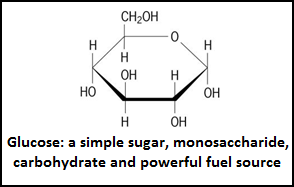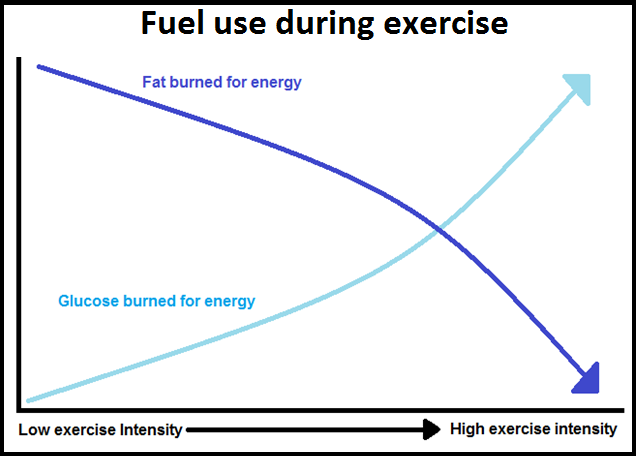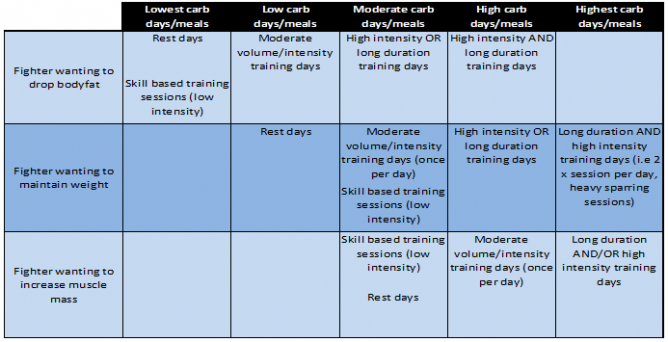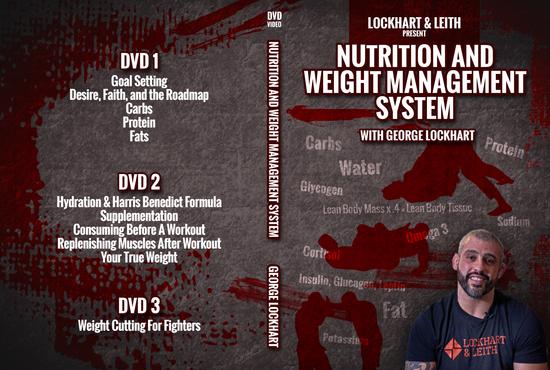Written by Reid Reale BHlthSc(Hons), MDiet – Sports Dietitian and BJJ black belt combatsportsnutrition.com. Reid works with many of the best judo, boxing, taekwondo and wrestling athletes in Australia, including commonwealth games and Olympic athletes. Reid Reale has released a great new book Combat Sports Nutrition, which covers what every grappler needs to know about sports nutrition, from how proteins carbs and fats affect your body to cutting weight properly.
In recent years the debate between the pro carb and pro fat camps has reignited with many suggesting ketosis is the optimal way to achieve athletic performance and carbs should be avoided at all costs. On the other hand, for many decades the importance of dietary carbohydrates and carb loading for endurance events has been espoused by scientists and sports nutritionists. So what is the truth? What is important for fighters?…. What are carbohydrates?

At the basic level, carbohydrates are all constructed of individual sugar molecules, known as monosaccharides, which include glucose, fructose and galactose. These monosaccharides combine to form disaccharides (glucose + glucose = maltose, glucose + fructose = sucrose, glucose + galactose = lactose etc.). Multiple disaccharides combine to form polysaccharides such as glycogen in humans and starch and cellulose in plants.
The point of describing carbohydrates in terms of their individual sugar components is that this applies to ALL carbohydrates in food and ALL foods that contain carbohydrates (not just pasta and bread, but milk, fruit, vegetables etc.). Whether you eat brown rice, white bread, bananas, wild black rice, quinoa, sweet potato, corn, broccoli, white rice, apples, bio-dynamic/organic/gluten free rye bread – they all contain carbohydrates and all carbohydrates are made up of simple sugars.
When you eat carbohydrate containing foods, they are broken down in digestion to their simple sugars and are absorbed into the blood stream, eventually being converted into glucose. Our body has a constant need for glucose as fuel for the brain and central nervous system and is also the preferred fuel during high intensity exercise. Whereas during low intensity exercise fat can be broken and used as a fuel source. Our bodies have evolved intricate systems for regulating the amount of glucose in the blood, in order to provide a constant supply of this crucial nutrient (ever heard of hypoglycaemia? The condition where blood glucose drops which can result in loss of consciousness). In order to do this, our bodies have the ability to store excess glucose when intake is more than what is immediately required as well as the ability to access these stores when blood levels begin to drop. This is accomplished through feedback loops and the release of hormones which keep blood glucose levels within the appropriate range (i.e. if blood sugar goes up, insulin is released to absorb sugar into muscles or the liver. If blood sugar goes down, glucagon stimulates the release of sugar from the liver).
The following figure illustrates the crossover in fuel use from fat to carbohydrate as exercise intensity increases. Put simply, when walking most of the fuel required is supplied by the breakdown of fats, whereas when you are all out sprinting fuel is almost exclusive being derived from carbohydrates.

To put this in context for fighters, if you are gently working on techniques, rolling lightly or perhaps doing some very light pad work, then a lot of carbohydrates are not required (although you would still likely be burning some carbohydrates, unless you are moving like a snail!). However during hard sparring sessions, ‘comp prep’ style grappling classes and definitely during a fight; you are likely running almost entirely off of carbohydrates.
Where do we get carbohydrates from in our diet?
When people think of carbohydrates in the diet, they often only think of cereals and grains such as; bread, pasta, rice, breakfast cereals, biscuits and other like foods. In reality carbohydrates are found in many different foods including, fruit, dairy products, legumes, vegetables, pastries, candy and many other sources.
Some foods, such as wholemeal bread, pasta, rice, dairy, fruits and vegetables are nutrient dense carbohydrate sources, whilst others such as candy, soft drink, and biscuits etc. are energy dense, nutrient poor carbohydrate sources. These energy dense, nutrient poor carbohydrate sources can still serve a purpose for athletes with high energy needs who are already consuming adequate amounts of fibre, protein, vitamins and minerals from other sources, and who simply need extra energy and extra carbohydrates to fuel training (a quick sugar hit before stepping onto the mats that digests quickly).
What does all this mean?
So hopefully you now understand the importance of carbohydrates as a fuel source, particularly during high intensity exercise. As fighters, this needs to be balanced out with the issues of weight control and the need to still include some healthy fats and adequate protein in the diet. Therefore we can’t always ingest large amounts of carbohydrates (or fats or protein for that matter), and carbohydrate intake should fluctuate with training volume and training intensity. Put simply, a fighter should implement periods/days/meals of high, medium and low carbohydrate intakes. If you are training once per day and wanting to maintain your body weight, adopting a moderate carbohydrate intake on most days with less on rest days and more on heavy training days will help provide you with fuel when you need it and prevent body fat gain on less active days. On the other hand if you are trying to drop body fat, you can further restrict carbohydrates and total energy/calories on rest days and also on days when training is lower intensity/skill based low energy expenditure sessions; whilst still fueling up before particularly important sessions (comp sparring, two sessions per day etc.). The table below outlines some guidelines for carbohydrate intake depending on your body weight goals and training schedule.

To give you a quick example, a moderate carbohydrate day may look like; cereal for breakfast, sandwiches for lunch; rice or pasta based dish with meat and vegetables for dinner; and fruit and yogurt for snacks. For a higher carb day you may double the rice or pasta serves in your post training meal and also at breakfast if you are training twice per day, or have an extra piece(s) of fruit before training. Keep in mind this is just a rough plan and everyone is different, so exact quantities will vary depending on your weight and training. But the same principles will apply to all “it’s not about a high carb or low carb diet, it’s about matching your carb intake to your energy needs and body composition goals”.
If you are not sure where to start and how to eat well, check out our newest and best-selling diet product from George Lockhart. Lockhart is one of the UFC’s leading nutritionist and has helped some of the best professional athletes in the world lose weight and doing it in a healthy fashion. Lockhart is the real deal and this product can literally change your life. It is an E-Book and a DVD. This is also available as a digital download below.


















